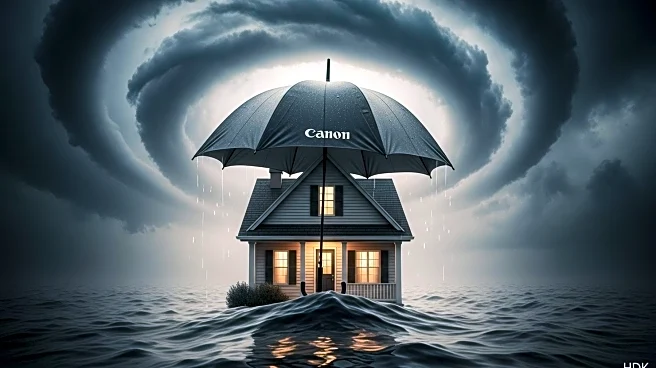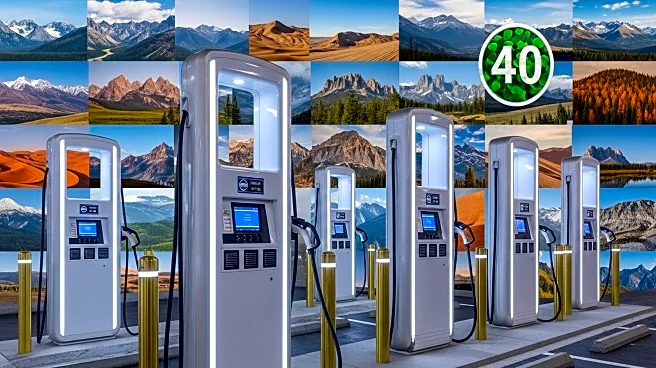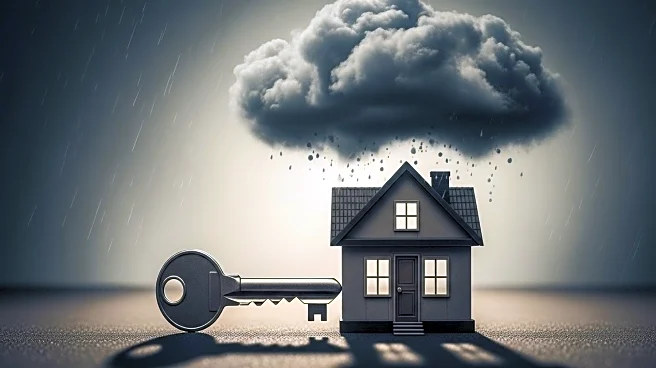What is the story about?
What's Happening?
Homeowners across the United States are experiencing significant increases in insurance premiums, driven by the rising frequency and intensity of natural disasters and inflation in repair costs. Areas like Louisiana, Florida, and Texas, which are prone to hurricanes, have historically faced higher insurance rates. However, recent data from ICE Mortgage Technology indicates that the average homeowner in Miami now pays $502 monthly for property insurance, a substantial increase from $306 in 2019. This trend is not limited to coastal areas; cities like Minneapolis and Des Moines have also seen premiums rise due to factors like hailstorms. The increase in insurance costs is outpacing broader inflation, with premiums rising 4.9% in the first half of the year and 11.3% from the previous year. This surge is affecting homebuyers' decisions, with many expressing concerns about affordability.
Why It's Important?
The rising cost of homeowners insurance is becoming a critical issue for the housing market, particularly affecting first-time and lower-income buyers. As insurance premiums become one of the fastest-growing costs of homeownership, they are adding to the financial burden on buyers already dealing with high mortgage rates and property prices. This situation is prompting potential buyers to reconsider their homebuying strategies, with many opting for different locations or adjusting their budgets. The financial strain is particularly acute in disaster-prone states, where insurance costs are a significant factor in real estate transactions. The broader economic implications include potential slowdowns in the housing market and increased financial pressure on households, which could affect consumer spending and economic growth.
What's Next?
As insurance costs continue to rise, homeowners and potential buyers may need to explore alternative strategies to manage expenses. This could include shopping around for better insurance rates, bundling policies, or accepting higher deductibles. However, these options come with their own risks and limitations. Additionally, some homeowners, particularly those without mortgages, might consider foregoing insurance altogether, although this poses significant financial risks in the event of a disaster. The ongoing challenges in the insurance market may also prompt regulatory responses or industry adjustments to address affordability and coverage issues.
Beyond the Headlines
The rising insurance costs highlight broader issues related to climate change and its impact on the housing market. As natural disasters become more frequent and severe, the financial risks associated with homeownership are increasing, potentially leading to shifts in population and housing demand. This situation raises questions about the sustainability of current insurance models and the need for innovative solutions to manage climate-related risks. Additionally, the financial strain on homeowners could exacerbate economic inequalities, as those with fewer resources may struggle to cope with rising costs.
AI Generated Content
Do you find this article useful?















